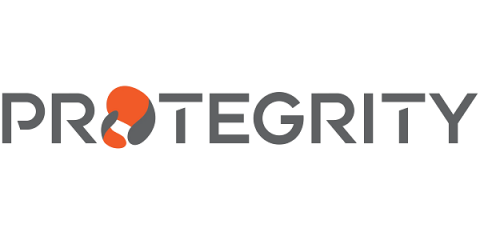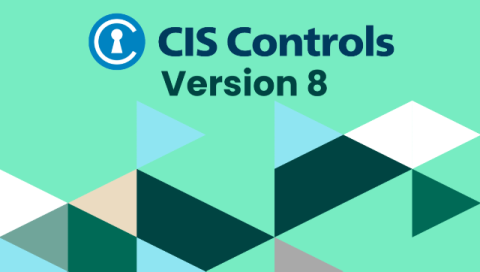Attackers Target Crypto Wallets Using Codeless Webflow Phishing Pages
From April to September 2024, Netskope Threat Labs tracked a 10-fold increase in traffic to phishing pages crafted through Webflow. The campaigns target sensitive information from different crypto wallets, including Coinbase, MetaMask, Phantom, Trezor, and Bitbuy, as well as login credentials for multiple company webmail platforms, as well as Microsoft365 login credentials.











